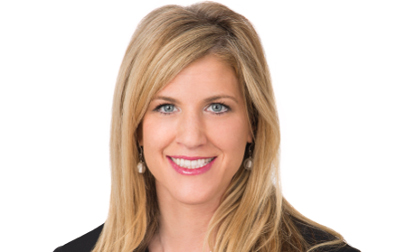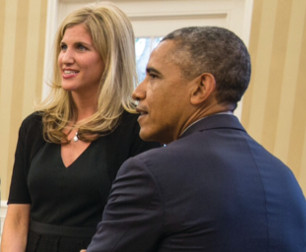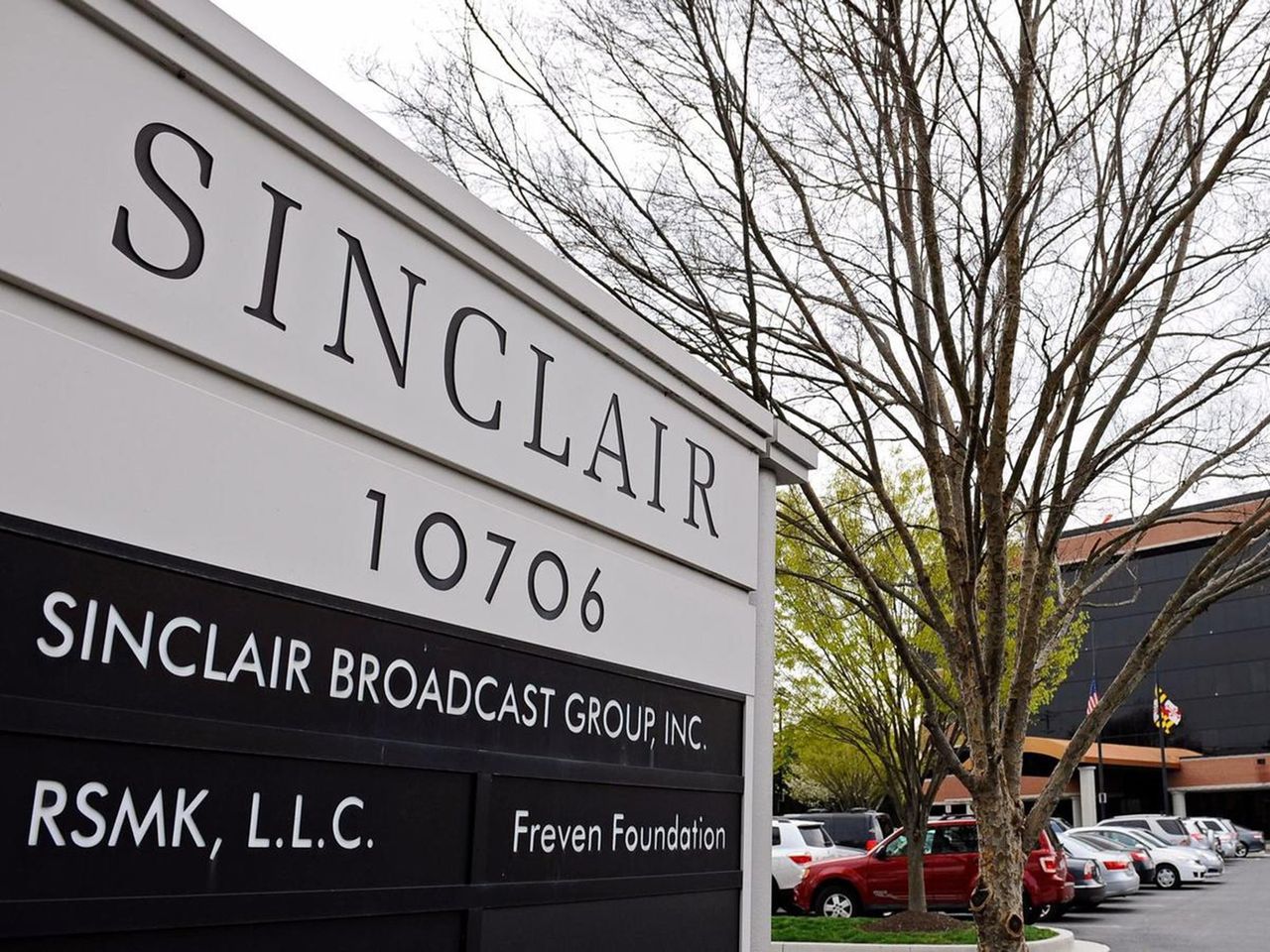National Drone Show Preview: Getting Legal With Drones

WASHINGTON—On Dec. 8, Lisa Ellman, a partner in the Washington-based law firm of Hogan Lovells, and recognized asas one of the “world’s foremost authorities on drones and law,” will speak about the legal implications of the use of unmanned aerial systems in media production at the Government Video Expo/National Drone Show at the Walter E. Washington Convention Center in Washington, D.C. In advance of her talk, “Drone Fever: UAS Issues for Media Production,” TV Technology recently spoke with Ellman about the regulations that are still being developed around this emerging technology.
TV TECHNOLOGY: What are some potential drone policy topics you will be speaking about?
LISA ELLMAN: I’ll be discussing “Polivation,” a term I've coined for the process of connecting innovators with policymakers to more quickly bring about the benefits of drones in a safe, secure way that gains the public's trust.
I’ll also talk about the Commercial Drone Alliance, a non-profit a colleague and I started with other industry players to more quickly bring drone issues from industry and small business to the attention of policymakers in Washington.
Also on the agenda will be an examination of the general benefits of commercial drones for various businesses that are paving the way for broader UAS airspace integration.
TVT:Drawing from your expertise, what areas within the use of drones for private and commercial purposes need to be addressed by regulators? What areas do not need be addressed?
LE:Challenges and government-imposed roadblocks remain to be cleared before the full integration of UAS into our National Airspace. Congress can play an important role in clearing these roadblocks, whether through next year’s FAA re-authorization process or by other means. The following items are critical if we expect to keep America competitive in the global UAS industry:
Waiver Process. It is critical that the process for obtaining waivers under Part 107 is streamlined, clear and expeditious. The Part 107 waiver itself must also provide meaningful relief for companies operating UAS in the real world.
Additional Rulemakings. We need additional rules that broadly authorize safe flights above people, beyond visual line of sight and at night—and we need to see these rules developed quickly.
Enhanced Government-Industry Collaboration. Innovators and policymakers must work more closely together—a process I have called “polivation”—to benefit everyone.
Whole-of-Government Approach to Integration. We must support a “whole-of-government” approach to enable the broader infrastructure for this industry to succeed. This includes support for the efforts of NASA, FCC and others.
Industry Diversity. Finally, Congress must continue to support Small Business Administration programs that assist women and minority-owned small businesses. Two colleagues and I recently founded the Women of Commercial Drones organization to bring gender diversity to the growing UAS industry. Continued support for programs like these is critical.
TVT:In your opinion, where do you see the drone industry going within the next 5 years?
LE: If we tackle these issues properly, we will soon regard commercial UAS as we do the phones we carry and rely on every day: tools that make us more efficient, productive, safer and more connected.
TVT:What regulatory issues distinguish media use of drones from non-commercial use of drones?
LE: Under current law, drone users generally fall into three broad categories: hobbyists, public entities, and “civil use”—which includes anything non-recreational or commercial. Media use of drones falls into the “civil use” category.
In our country hobbyist use of drones is generally permitted so long as they are flown strictly for recreational use, under 400 feet, more than five miles from an airport, and don’t endanger the public.
Civil use of drones, including media use of drones, is now broadly authorized under Part 107 of the Federal Aviation Regulations, which went into effect in August of this year. UAS operations that comply with the rule’s flight restrictions—including generally traveling no higher than 400 feet, within visual line of sight, away from people and during daytime hours—can now benefit newsgatherers in many ways.

Lisa Ellman has held a variety of positions at top levels of the Executive branch at the White House and the U.S. Department of Justice (DOJ). Photo Credit Pete Souza.
TVT:In terms of privacy issues, are existing laws adequate or does more need to be done in terms of protecting a person’s privacy from drones?
LE: While the federal government has been most focused on regulating the safety aspects of drone flight, the American public has been most concerned about privacy issues. There are a range of technology-neutral laws and rules— such as trespass, nuisance, or “Peeping Tom” statutes—that protect us from all kinds of privacy-invading activity, including with a drone.
But given the public’s interest in this issue, in May of this year industry and nonprofits came together and agreed on a set of voluntary “best practices” for protecting privacy while operating commercial and private drones. This consensus came as part of a process that was facilitated by the National Telecommunications and Information Administration at the Department of Commerce.
Importantly, the best practices document recognizes the First Amendment and the best practices do not apply to newsgathering. Newsgatherers and news reporting organizations are expected to operate under the ethics, rules and standards of their organization, and according to existing federal and state laws.
TVT:How do you think the use of drones will improve media coverage of live breaking events?
LE: Drones can get unique and amazing aerial coverage that is impossible to see any other way. But they also make expensive tasks cheaper. For broadcasters, sending up a drone to get aerial shots is much more cost-effective than sending up a helicopter. And for local news broadcasters who cannot afford manned helicopters at all, now they are able to obtain aerial footage of major news events, helping Americans receive the news they want and need.
The key regulatory barrier remaining here is that we need to get newsgatherers the ability to fly over people, as news generally happens where people are. I recently assisted CNN to get the first-of-its-kind waiver from the new Part 107 to have the ability to fly over people. This ability is critical for newsgatherers as they start using drones to cover live breaking news events.
TVT:Is the type of training required for drone use adequate or does more need to be done to train users?
LE:Under Part 107, training is actually not required. Pilots just have to take a knowledge test, pay a fee, and undergo a background check, and get certificated. In just the first few weeks since Part 107 went into effect, 6,768 Remote Pilot Certificate Exams were taken, with a “pass” rate of 88 percent, and 14,909 applications have been submitted.
For the low-risk flights allowed by Part 107, passing the test is likely adequate. As more advanced flights are permitted, I expect FAA to require some training.
It’s also good business practice generally for businesses adopting drone operations to require some training of their employees. Businesses have their own incentives beyond the regulatory framework to fly in a way that is safe.
TVT:What’s the next deadline/benchmark for drone use? In other words, what type of action will we see from the FAA that will most affect the use of drones?
LE: Part 107 going into effect was a significant step forward for the commercial drone industry in the United States, but to truly unleash the potential for the industry, we need to move beyond the rule. In the short term, we need additional rules that broadly authorize safe flights above people, beyond visual line of sight and at night. Otherwise, critical UAS operations that often must occur in these conditions, such as newsgathering, will be stalled.
For example, it is common sense that very small UAS (“micro-UAS”) should be allowed to fly permissively; right now, a two pound UAS is treated the same as a 55-pound UAS. Just this incremental change would enable all sorts of beneficial applications, including in our industry.
I think by the end of the year, we will see a proposed rule to allow drone operations over people. It will be critical that the newsgathering community is vocal with their public comments to this proposed rule.
TVT:Is it just the FAA that regulates the use of drones? Are there other federal or state agencies that are involved and if not, should there be?
LE: Beyond what’s happening at FAA, at the federal level we have seen significant interest from the Executive Branch in keeping the commercial UAS adoption momentum going.
The White House held its first workshop on commercial UAS recently, where a broad range of commitments were made to move the industry forward. Amongst other commitments, $35 million in research funding was announced by the National Science Foundation over the next five years to accelerate the understanding of how to intelligently and effectively design, control, and apply UAS to beneficial applications.
I mentioned previously the role of NTIA at the Department of Commerce in facilitating a multi-stakeholder process to craft voluntary best practices around privacy, transparency and accountability related to private and commercial use of drones.
And NASA has focused on moving its Unmanned Aircraft Traffic Management efforts forward, a critical component toward designing “highways in the sky.”
FCC will also be engaged on the spectrum issues.
States and localities have also been eager to regulate drones, with almost every state proposing and many passing legislation that would limit drone use in some way. It’s important to keep a close eye on this local legislation as many of it could be preempted by the FAA’s new rule.
To register for GV Expo/National Drone Show, visit www.gvexpo.com/the-drone-show/.
Get the TV Tech Newsletter
The professional video industry's #1 source for news, trends and product and tech information. Sign up below.
